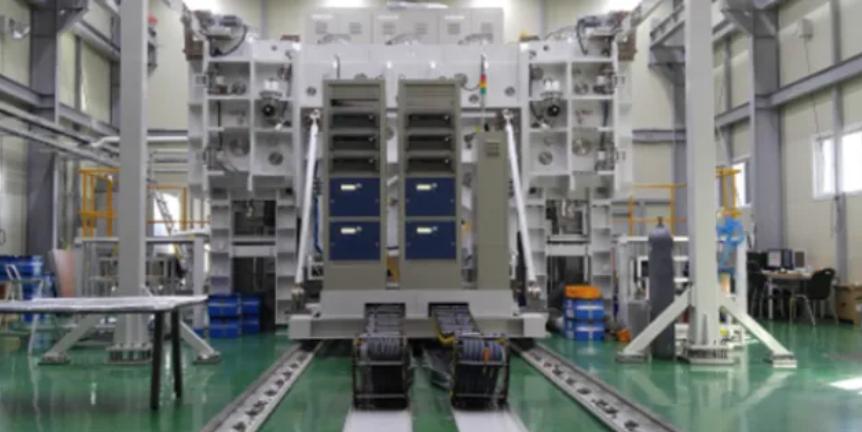Vacuum coating is used to protect everything from medical tools to aerospace components. They help objects resist abrasion, friction, harsh chemicals and heat. So they last longer. Unlike other protective coatings, thin film deposition (vacuum) coatings do not have unwanted side effects – other coating techniques run the risk of knocking the tool out of tolerance or adding so much thickness that the part doesn’t perform as well as it was designed to.
Vacuum coating technology gives you the best of both worlds performance and protection.
What is vacuum coating?
Vacuum coating, also known as thin film deposition, is a vacuum chamber process by which a very thin and stable coating is applied to the surface of a substrate, protecting it from forces that could wear it out or reduce its efficiency Influence. Vacuum coatings are thin, ranging in thickness from 0.25 to 10 microns (0.01 to 0.4 thousandths of an inch).
It’s like a suit of armor that protects the knight and improves his performance.
There are several types and uses of vacuum coating. Below is a quick overview to familiarize you with the technology used and some possible applications. If you would like an expert opinion on what is best for your specific situation, please click here to request a conversation with our technical team.
Post time: Mar-17-2022

